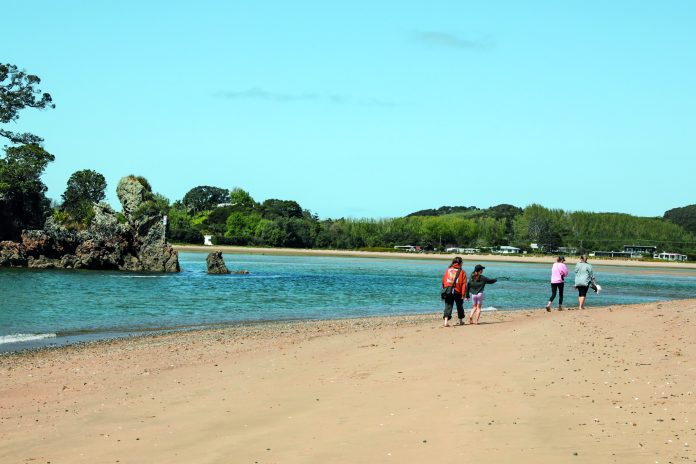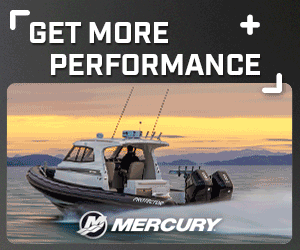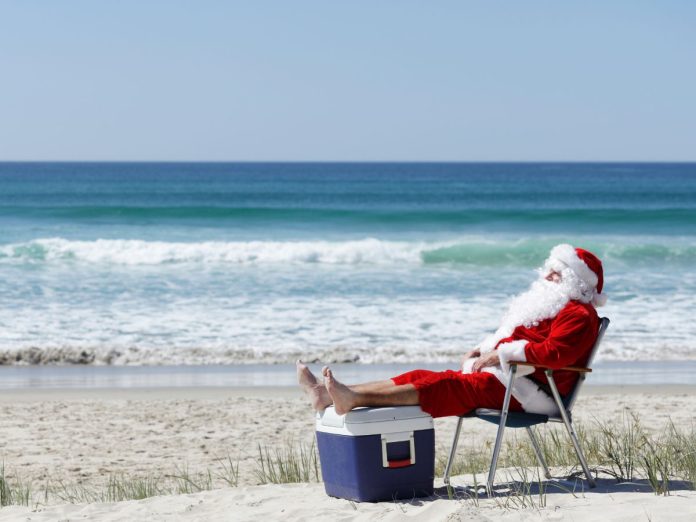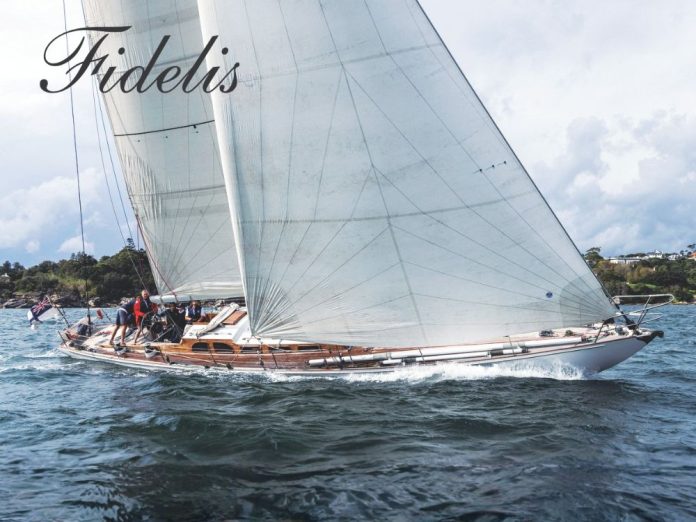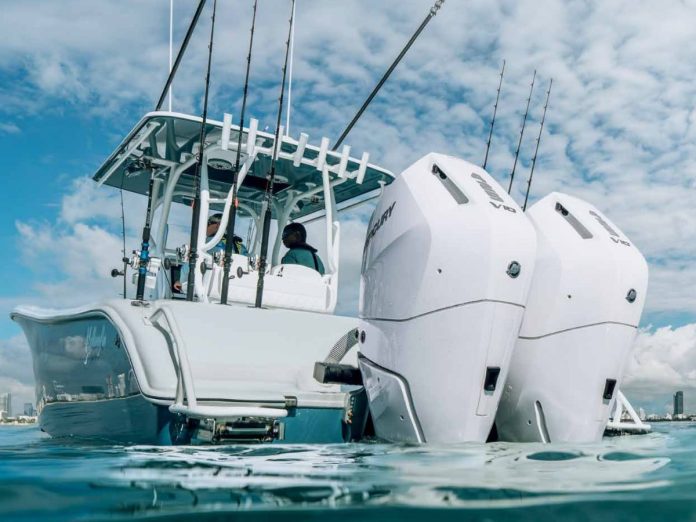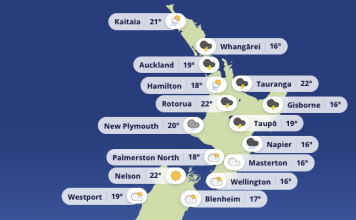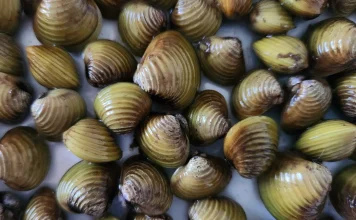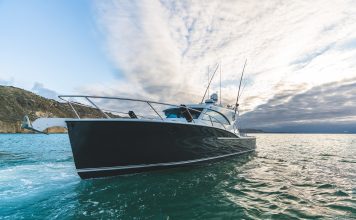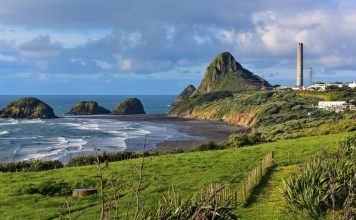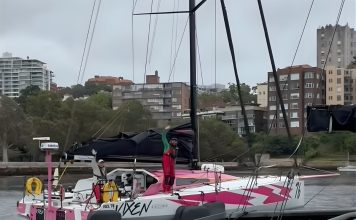Most often the magic of boating finds itself in moments that are not dramatic. Quiet moments of reflection. Just you, the boat, the breeze, the birds, the water, the clouds. When all appears right with the world. It’s the zen of boating, I reckon. Profound. Calm. Rewarding. The real benefit. Story by Alex Stone. Pictures by Lesley Stone.
And so it was in our low-key Up the Creek adventure at the Pataua Estuary in Te Tai Tokerau Northland. It was lovely, precisely because it was so laid-back.
With Skyborne, our 12m cruising catamaran up on the hard at Norsand Boatyard in Whangarei for much-deferred maintenance (hard labour for me, tough going on the bank account too), we thought we’d take a break to go visit an old friend who lives at the small seaside settlement of Pataua. And check on her new bloke. (Turns out he’s top-shelf – a dedicated classic boats yachtsman and craftsman too, so he certainly passed muster.)

Where? Pataua is a little-known, little-appreciated slice of heaven in two parts. On the East coast of the North Island, halfway between Whangarei Heads and Tutukaka.
Pataua was nearby to land-bound Skyborne – well, about 26km east of Whangarei’s northern suburbs, passing the splendidly-named Mount Tiger. Though my research drew
a blank trying to find out about the displaced big cat… I remain curious – all info most welcome.
Pataua is your classic Kiwi seaside settlement, only it’s in two equal halves. Pataua South and Pataua North are connected across the estuary only by a walking bridge. To connect via road would be a round trip of 50km, via Parua Bay and Whareora on the outskirts of Whangarei.

The walking bridge is modest, just a hundred metres long. And even in this respect, Pataua is low-key; for Whananaki, further north in Northland, boasts of having the ‘longest walking bridge in the Southern Hemisphere.’ I get the impression the locals of Pataua are unfussed about this. No such geographical testosterone here. Only the most splendid, clear-water estuary I’ve encountered in Aotearoa. The kind of place that speaks of the Golden Weather, of reminiscences of the good ol’ days. Pataua has the feeling of slowing down to a kinder, gentler time.

As exemplified by us greeting the locals chillin’ on the beaches, around the estuary mouth, and Up the Creek. Two lads with flounder spears, but no fish. No worries, just enjoying each others’ company. Or the teenage girls in close discussion on the golden beach sand, and taking turns on a stand-up paddle board. Or the kids playing with soap bubbles under the waterside pōhutukawa trees. Even a visiting team of treasure hunters whose mission this trip was to scour all the beaches of Northland with their metal detectors. Slowly. No rush. Taking it easy in a well-loved wee campervan. And unhurried time in deck chairs.
With Tupperwares already filled with departmentalised treasures – jewelled rings, fishing sinkers – lots of them – NZ coins (we learned the NZ farthing’s now worth around $300 each!), and my favourites, Dinky toy cars in various stages of salt decay.

I put in an order for a newer Dinky, and Lesley for a garnet ring set in silver, so they went to work in the patch of sand by the bridge. But no joy for us – just one 10c piece this time – when we returned from our stroll to check out an eccentrically-interesting waka horoua, a catamaran on the far shore.
Up the Creek – and out of the creek – at Pataua is a small-boat exercise. The estuary entrance is guarded by a pyramidal hill the locals call ‘The Island’ because it occasionally used to be so in floods when the Taiharuru Stream to the south would inundate the flats at Pataua South.

That estuary mouth is narrow and has a shifting sandbar as its front door. Though it still has around a metre of water even at low tide, it’s not suitable for bigger boats. But while we were there, we saw a lone waka ama paddler, and a few recreational fishing boats of tinnie size navigate the channel. At the moment this channel appears from their demonstrated routes to be right close up to the rocky shore of The Island.
There’s a fine concrete slipway at Pataua North to launch your trailer boat – as I did with Skyborne’s small Zodiac rubber dinghy – and a smaller one at Pataua South just by the walking bridge. A couple of mooring buoys in the channel just upstream of the bridge hint at overnight stays, but clearly, not for keelboats.
Like so many of Aotearoa’s seaside settlements, the Patauas were more developed back in the day. There was a Sandfords smoked fish factory based in the tiny bay just upstream of the bridge of the Pataua North side; and Pataua South boasted a shop and post-office. And yes, there was logging up in the hills.
 The family of Peter Benjamin and Isabella Le Clerc, 1888 colonists from County Dublin, Ireland, established what must have been one of New Zealand’s first ostrich farms on the fertile flats and gently rising hills of Pataua North. And a timber mill. It was a substantial operation – as described in a book of local history Pataua Recollections. A battered copy at Whangarei’s fantastic library, their second copy lost, and I imagine hard to find elsewhere.
The family of Peter Benjamin and Isabella Le Clerc, 1888 colonists from County Dublin, Ireland, established what must have been one of New Zealand’s first ostrich farms on the fertile flats and gently rising hills of Pataua North. And a timber mill. It was a substantial operation – as described in a book of local history Pataua Recollections. A battered copy at Whangarei’s fantastic library, their second copy lost, and I imagine hard to find elsewhere.
But full of fascinating detail – like how Peter Benjamin Le Clerc was previously the Inspector of Irish Lighthouses. Isabella was fluent in French and could play the harp and the piano. And was lonely in (then) faraway Pataua North. Their rare visits to Whangarei were a three-day journey, first rowing across the estuary to Pataua South, horses harnessed to the coach that was kept in a coach house there, then an over-the hills rough ride to Parua Bay, to board Hamlett’s launch to take them up that river to Whangarei.
The land occupied by the Le Clercs is now taken up by Tahi, an ambitious re-wilding and biodiversity project underwritten by Suzan Craig, an overseas expat Kiwi with good heart; and with income from a successful mānuka honey-producing co-operative, and the KAEA skincare range, featuring the ingredients mānuka honey, kūmerahou (a little-known endemic plant with creamy flowers of beneficial properties), kiwifruit and kawakawa.
More local history in Recollections. The Pataua Progressive Society, formed in 1967, used to hold “Dances, raffles, wood chopping competitions, fishing competitions, hangis, movies, card evenings, darts, bowls, table tennis, bring-and-buys and working bees.”
I like the prizes regime: winners of the wood chopping got Carborundum stones (to sharpen more axes, natch); beauty contest winners received sashes, flowers and a cup; race winners pocketed money – 20c for first place, 10c second, and 5c third. On these sports days, the eternal contest between North and South Pataua would be decided by a tug o’ war.
 Horse races too on the flats by the beach, before the Second World War, with famous horses mentioned The Māori Doctor, Brown Eagle, and Prince Menchikoff. “Sand patches and rushes [were] used to slow up the flashy horses,”says the history book.
Horse races too on the flats by the beach, before the Second World War, with famous horses mentioned The Māori Doctor, Brown Eagle, and Prince Menchikoff. “Sand patches and rushes [were] used to slow up the flashy horses,”says the history book.
Further back in time, we learn that an alternative river crossing was on horseback at ‘the ford’, just past Purdy’s Point, where the end of Hutchinson Road is today. Mrs Purdy who was Māori, we learn, “was tattooed in a most peculiar fashion, with a horse bridle. The headstall on her cheeks and the forehead strap across her brow, the rings of the bit on each side of her mouth.” I don’t quite know what to make of that…
Back to the present, and heading up Pataua’s creek I caught up with a local sea kayaker just by Purdy’s Point, taking it easy on his Saturday constitutional outing. I almost felt embarrassed by my intrusion of an (albeit purring) outboard motor. Good thing we stopped to chat, for he set me right about which channel to follow up through the mangroves when the creek split (veer left around an island, then right, second right). And serious mangroves they are, with some of the biggest gnarliest ol’ fulla trees I’ve ever seen.
But what was rewarding was the theme that quickly appeared, and which define the mood of Pataua’s creek: the number of rustic benches set along the water’s edge. More places for quiet reflection. And marked in my mind as a possible future photo essay, with the benches empty, and with people enjoying them. So I’ll have to be back, and work to coincide our photoshoots with the bench owners’ meditations.
Then it was an honour to meet Heather Maich walking her three adorable dogs Cara, Naeve and Teddy. Naeve felt the need to board my dinghy to check me out. Just then Heather’s neighbour, Trisha Fisk, approached on her kayak also with a scruffy seadog Ruby as bow lookout. A fine yarn ensued, with Heather regaling me with stories of how, back in the day, she sailed out from the UK in a well-prepared Van de Stadt 36ft sloop. But Naeve wasn’t prepared to continue voyaging with me (obviously I wasn’t ship-shape enough) and re-joined her whanau on land.

Their local knowledge led our dinghy further up the creek, to one more fork, where I think I found the disused jetty they spoke about that was once used by the boat collecting cream. By now I reckon the Zodiac was five nautical miles inland, so I’d better say eight kilometres, seeing we’re talking about countryside rather than the sea.
The mangroves thinned out, then stopped, to be replaced with raupo and kahikatea wetlands. Low lying paddocks provided the company of herds of cows. Then finally, we ran out of creek with a willow tree blocking the waterway, which was then not much wider than the rubber ducky. At this stage, closer to Parua Bay on the Whangarei Harbour over the hill, than Pataua North. We could have gone further up the left fork, the Waikare Creek. Maybe the cream boat also went up there. Maybe later. The tide was calling to get back down the estuary.
So back to the bridge that unites the two Patauas. With one last classic story from the Recollections book: about how, when the old bridge was “deemed unsafe beyond economical repair” in 1982, and both ends were barricaded without warning leaving “One elderly resident who had gone for a walk along the beach returned too late to be rowed across the river and had to resort to swimming to return home.”
Some quite considerable kerfuffle ensued as the Whareora-Pataua Ratepayers and Citizens Association lobbied for a new bridge – even taking the issue to the national Ombudsman over the Whangarei District Council’s ‘inconsistency’ in handling this. Finally a Gala Day in December 1984 celebrated the opening of the new bridge – the one that’s there today.
And I’m thinking of lines from the poem The Spirit of Pataua Bridge by Gordon Stanley written in the first bridge’s voice at the height of the brouhaha:
The Council sent an Engineer, to fathom out my case;
He came, he hummed and hawed, but wouldn’t tell me to my face.
Then he went away to make report and issue forth a sentence.
They sent some men a scurrying down, and boarded up my entrance…
And which ends
I’m the Spirit of the Bridge and my trusses start to sigh.
As ghosts of countless children are heard from up on high.
If they decide to pull me down, I’ll make a lasting wish
It will be for all those children who will never learn to fish.
But all this was forgotten in the peace of returning to the Pataua North boat ramp. A family preparing to go out to have fun ski-tubing. The treasure hunters languidly scanning the sand with their metal detectors. Locals retreating to deck chairs in the evening sunlight. Gulls and oystercatchers settling into their roosts on the small rock islands in the estuary. Lesley chats to a lonely hiker walking the Te Araroa Trail, which traverses the entire north-south length of New Zealand, with the Pataua Bridge a part of it. His wife – smart person – ahead of him in their campervan, waiting at the next campsite.

And ever-so-appropriately, the sun was settling into the fabled golden-green light of the halcyon days of all of New Zealand’s memories.
Words by Alex Stone, Photography by Lesley Stone








